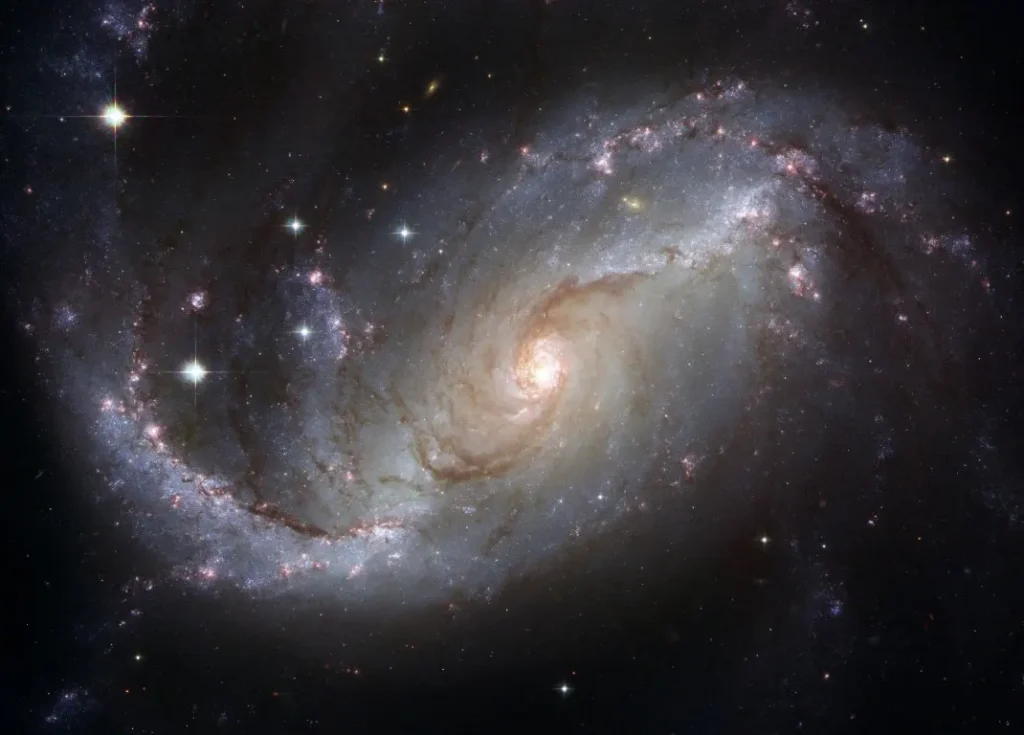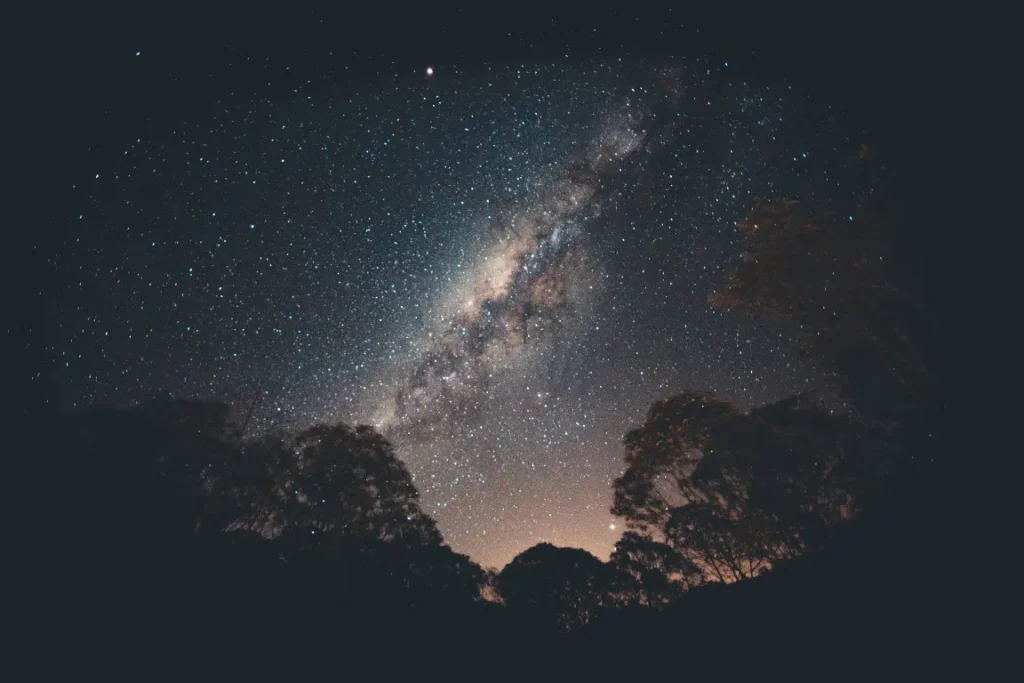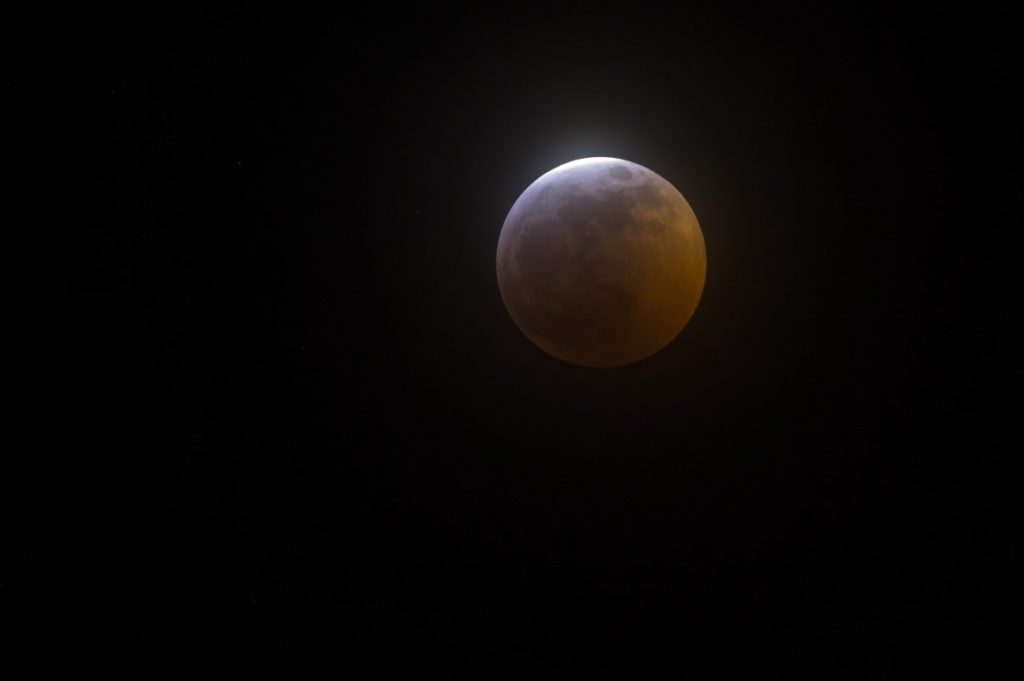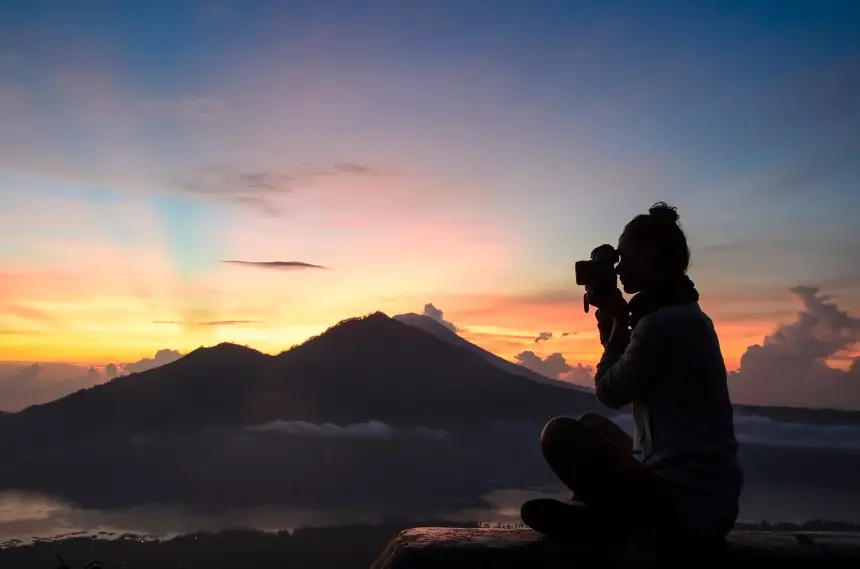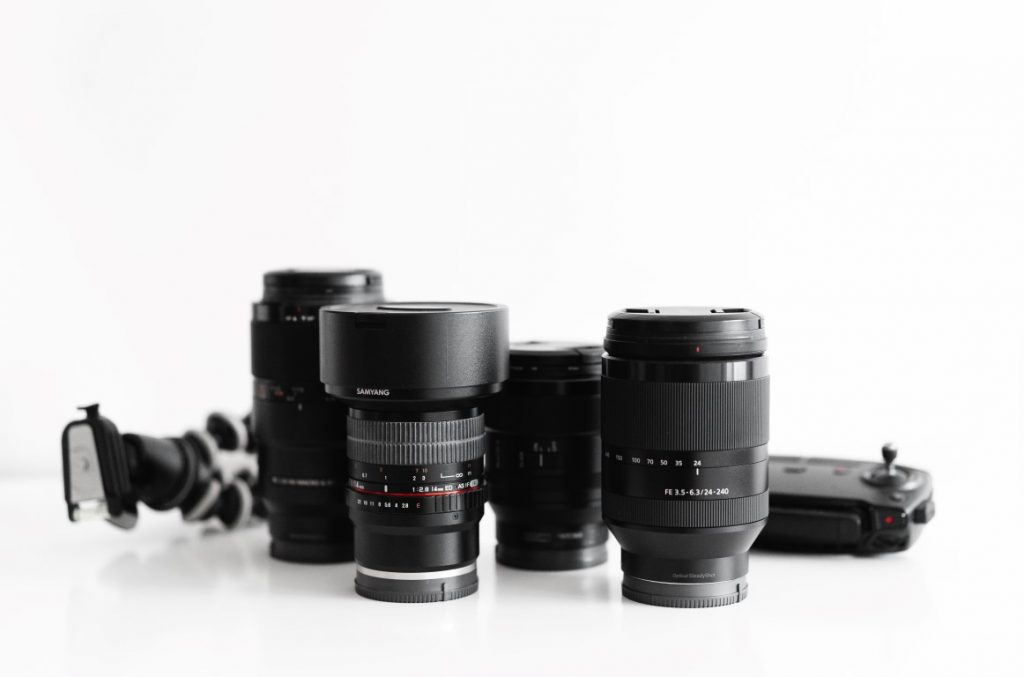
At present, moon photography is a popular genre that captures the beauty and mystique of our closest celestial neighbor.
It requires a good understanding of technical and creative considerations, as well as the right equipment.
Under this right equipment, especially we should consider the lens.
Why Choosing the Best Lens is Crucial in Astrophotography?
Choosing the right lens can greatly impact the quality and composition of your moon photos, whether you’re a professional or amateur photographer.
For capturing sharp and detailed images of the moon, it is recommended to use a lens with a focal length between 300mm and 600mm and made with high-quality optical elements to ensure maximum sharpness.
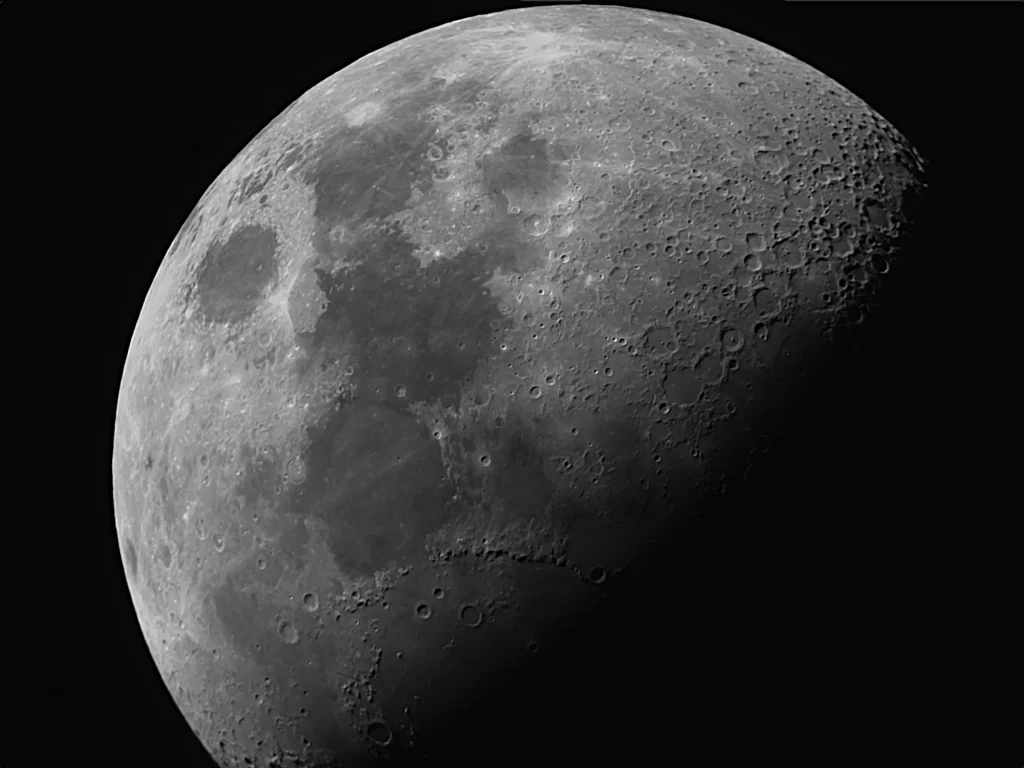
If you plan to include the moon in a landscape shot, a shorter lens may suffice. However, if you want to capture close-up shots of the moon with intricate details, a longer lens is advisable.
In this article, I’ll discuss the best lenses for moon photography at night, based on different scenarios and factors to consider.
What are the types of the best lens for moon photography at Night
There are different types of lenses that can be used for moon photography, but the two main categories are telephoto lenses and wide-angle lenses.
Each type has its own characteristics, advantages, as well as disadvantages. By exploring each in more detail, you can get a perfect idea to select your best lens for moon photography.
Telephoto Lenses
Telephoto lenses are long lenses that magnify the subject, making it appear closer than it is. They are commonly used for wildlife and sports photography, but also you can use them for moon photography.
Telephoto lenses have a focal length of 70mm and above, typically ranging from 100mm to 600mm or more. Therefore, they are able to capture the moon in great detail, revealing its texture, craters, and shadows.
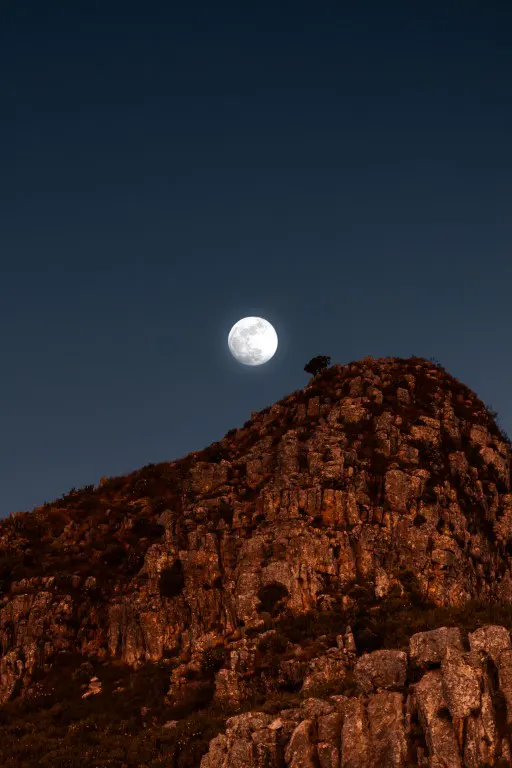
But sometimes they give a few drawbacks if your shooting time is long. For your easiness here I have listed both pros and cons of telephoto lenses for moon photography
| Pros | Cons |
|---|---|
| Great image quality | Are expensive and the higher the cost |
| Telephoto lenses magnify the subject | Can be large and heavy, |
| Have a shallow depth of field, which can create a blurred background and isolate the moon from the surroundings | Have a narrow-angle of view and requires a fast shutter speed |
A few recommended telephoto lenses for moon photography
- Canon EF 100-400mm f/4.5-5.6L IS II USM
- Nikon AF-S NIKKOR 200-500mm f/5.6E ED VR
- Tamron SP 150-600mm f/5-6.3 Di VC USD G2
Wide – Angle lenses
Wide-angle lenses are shorter lenses that capture a wider view of the scene. It can also use for your moon photography.
However, they may not capture the moon in great detail, compared to telephoto lenses.
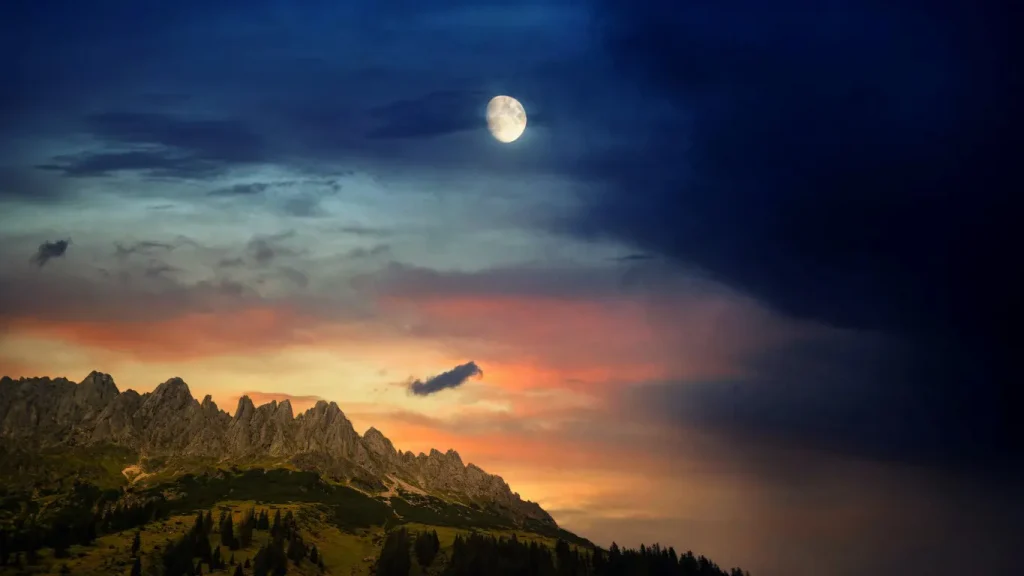
The following pros and cons will help you decide whether to use a wide-angle lens for moon photography at night
| Pros | Cons |
|---|---|
| Allow you to capture the moon in the context of the surrounding landscape | Limited magnification than telephoto lenses. |
| Creating a more dynamic and dramatic image. | Harder to draw attention to the moon as the main subject. |
| Have a wider field of view. | Can sometimes produce distortion |
| Less expensive than telephoto lenses | Maybe an overexposed image with a bright, washed-out moon. |
A few recommended wide-angle lenses for moon photography
- Canon EF 16-35mm f/2.8L III USM
- Nikon AF-S NIKKOR 14-24mm f/2.8G ED
- Sigma 14-24mm f/2.8 DG HSM Art
best Nikon lens for moon photography
There are several options to select from Nikon for your moon photography shooting
· The Nikon 200-500mm f/5.6 lens
The Nikon 200-500mm f/5.6 lens is a top-quality telephoto lens that delivers exceptional sharpness, contrast, and color accuracy, enabling you to capture fine details of faraway subjects with great precision.
It is particularly well-suited for moon photography because of its extensive focal length, which enables you to capture close-up shots without any distortion or blurring whatsoever.
Overall, it’s an outstanding option for anyone looking to capture stunning images of distant objects.
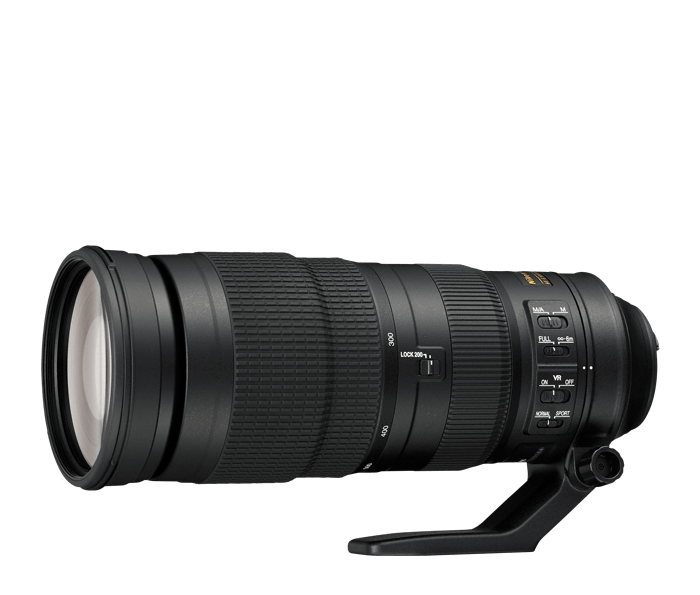
- Image stabilization
- A fast and accurate autofocus system
- Compatibility: The lens is compatible with Nikon FX and DX-format DSLRs, and it can also be used with teleconverters for even higher magnification.
- Lightweight: Relatively lightweight compared to other telephoto lenses, making it easier to carry around and shoot handheld if needed.
· Nikon 80-400mm f/4.5-5.6.
Another best lens of Nikon is Nikon 80-400mm f/4.5-5.6 for moon photography at night.
The Nikon 80-400mm f/4.5-5.6 lens can be a good choice for moon photography, It may not allow you to capture the moon as close-up as some other lenses.
However, it is still a high-quality telephoto lens that can deliver sharp images with good contrast and color correction.
If you want to know how to take photographs of the moon in sharp, I already provided an article on how do I take sharp moon photos
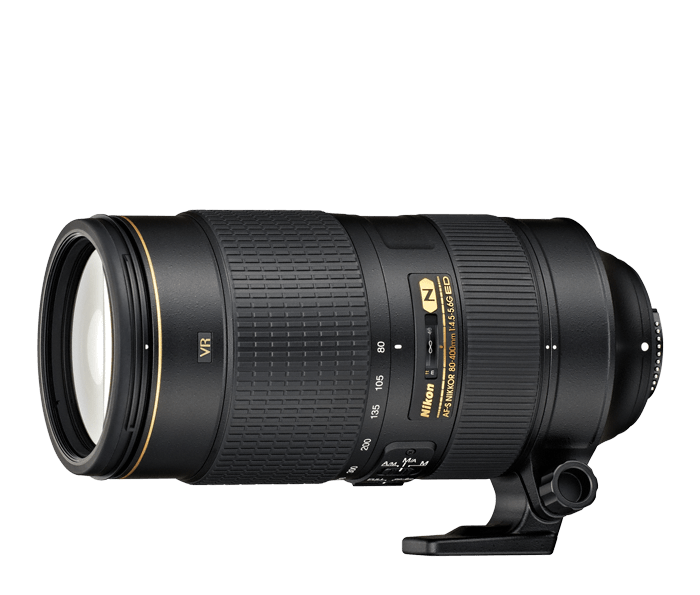
- Image stabilization.
- Fast Autofocus
- Compatibility
- It is easier to carry around and shoot handheld if needed
· Nikon AF-S NIKKOR 500mm F/5.6E.
With the AF-S NIKKOR 500mm f/5.6E lens, you can capture stunning pictures of the moon while showcasing its intricate details with exceptional sharpness and clarity.
You can capture even the tiniest features of the moon with precision in close-up shots taken from a significant distance, thanks to its ability to provide superior image quality.
So, the AF-S NIKKOR 500mm f/5.6 lens is an excellent choice for anyone looking to take breathtaking photos of the moon.
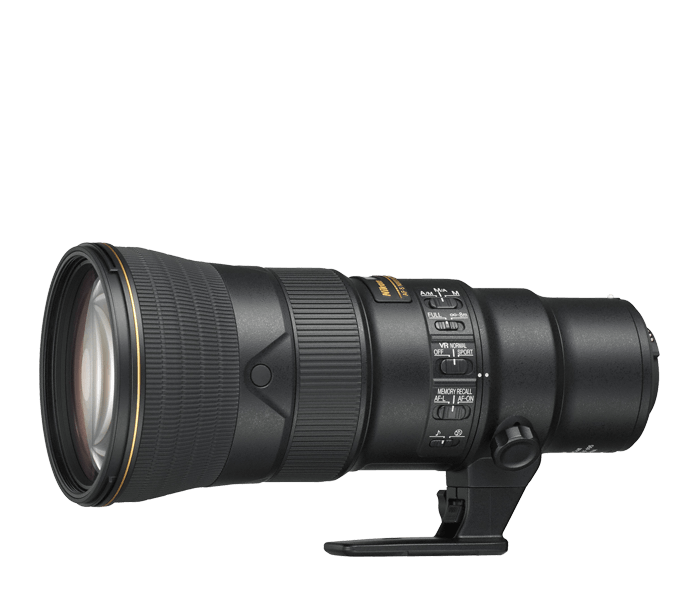
- Image stabilization
- A fast and accurate autofocus system
- Weather sealing
- The lens features high-quality optical elements
- Fast zoom lens
· Nikon Coolpix P950.
The Nikon Coolpix P950 can be a good option for moon photography, especially for beginners or those looking for a compact camera with a long zoom lens.
While it may not deliver the same level of image quality as more advanced cameras or lenses,
the Nikon Coolpix P950 can still be a solid choice for moon photography, particularly for those who want the convenience of a compact camera with a powerful zoom lens.
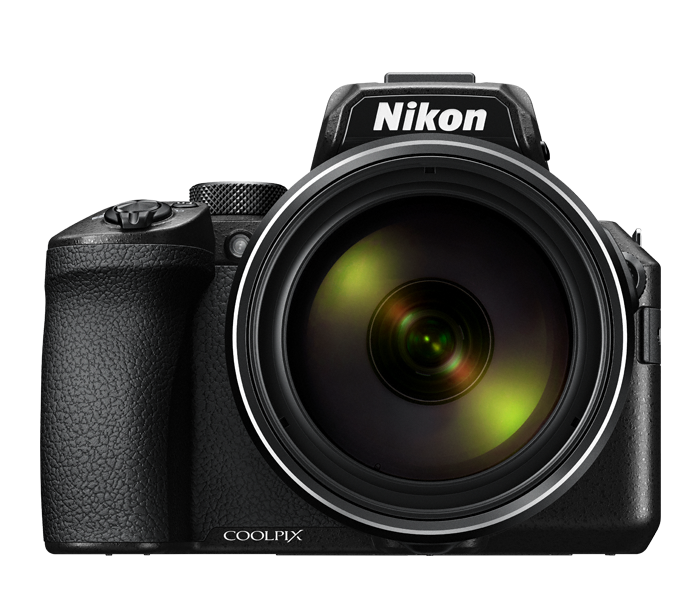
- Image stabilization
- Has a rapid and accurate autofocus technology
- Compatibility
- Portable and lightweight
- Display with many viewing angles
Best Sony lens for moon photography
Sony FE 100-400 F/4.5-5.6 Lens.
The Sony FE 100-400mm f/4.5-5.6 lens can be an excellent choice for moon photography.
Its long focal length allows you to capture detailed shots of the moon, even from a significant distance. You can capture high-quality images with excellent detail and clarity.
As well as delivers exceptional sharpness, contrast, and color accuracy, resulting in.
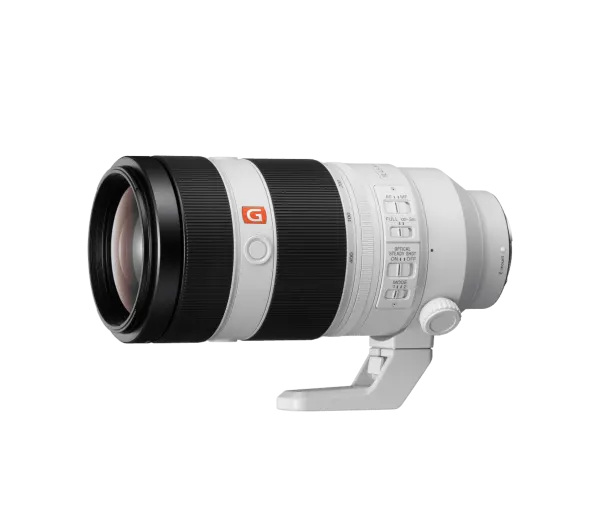
- Image stabilization
- Quick Autofocus
- High-quality optics
- Weather-sealed design
- Lightweight and portable
- Focus hold button
Sony FE 200-600mm F/5.6-6.3 Lens.
The FE 200-600mm F/5.6-6.3 lens is an excellent option for anyone seeking top-quality Sony technology in a lens for moon photography.
Moreover, this lens is compatible with a wide range of camera bodies. Therefore, photographers can use different camera models while making it a versatile choice.
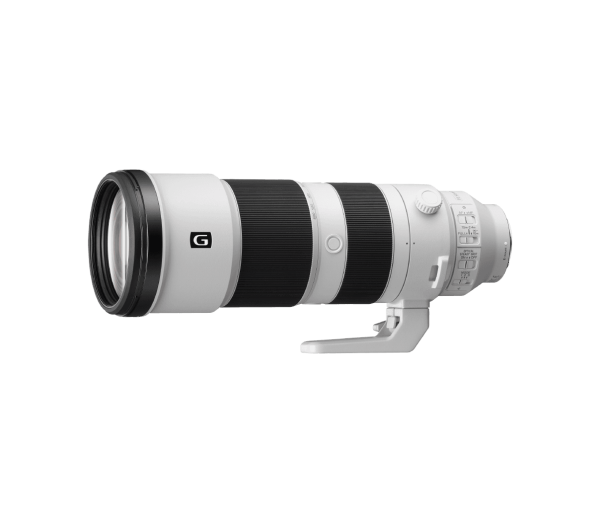
- Zoom in and can capture the moon in detail.
- Image stabilization
- Reliable & Fast focus.
The below video help you to understand more about Sony FE 200-600mm F/5.6-6.3 Lens for moon photography
Sony RX10 IV.
The Sony RX10 IV can be a good option for moon photography,
The maximum aperture of the RX10 IV varies depending on the zoom setting.
At the widest end (24mm), the maximum aperture is f/2.4, while at the telephoto end (600mm), the maximum aperture is f/4.0.
While these apertures may not be as wide as some lenses, they should be sufficient for moon photography.
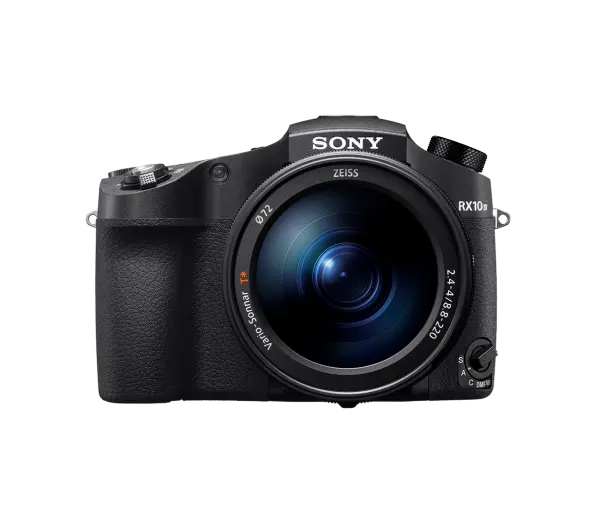
- Super zoom lens
- Can still capture high-quality images of the moon
- Image stabilization
Sony FE 70-300mm F/4.5-5.6 Lens.
The Sony FE 70-300mm F/4.5-5.6 lens can be a decent choice for moon photography, especially if you are looking for a more affordable option compared to long telephoto lenses.
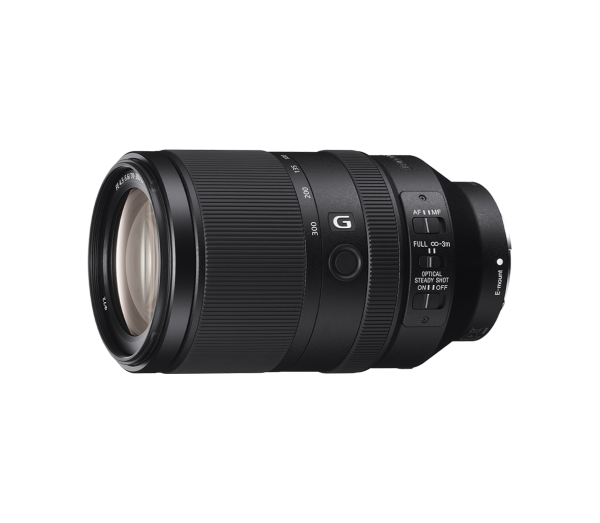
- Extremely can get detailed images of the moon.
- Image stabilization
- Compatibility
Canon Lens for moon photography
· Canon 400mm f/5.6 Prime
A great lens for shooting a more detailed photo of the moon. The 400mm f/5.6 fits both full frame and crop cameras. Using this lens you can get closer to the moon and capture more detail.
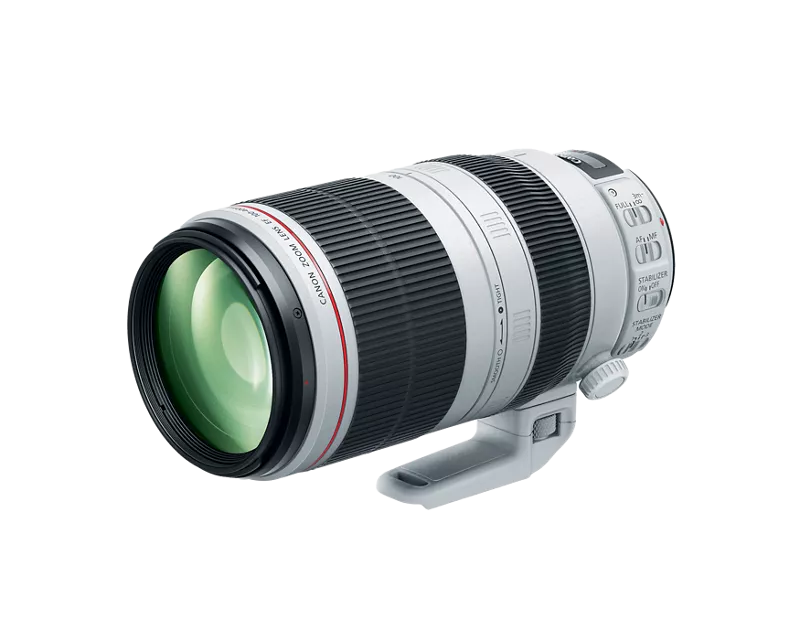
- affordable price tag
- its lightweight,
- its extremely sharp photos
- wide compatibility
· Canon 100-400mm f/4.5-5.6.
Moon photography is a wonderful way to capture the breathtaking beauty of the night sky. The Canon EF 100-400mm f/4.5-5.6L lens is an excellent choice for capturing the moon as well as other celestial objects in stunning detail. T
his telephoto zoom lens has a versatile aperture range from f/4 to f/5.6 and is specifically designed with L series optics to provide exceptional performance.
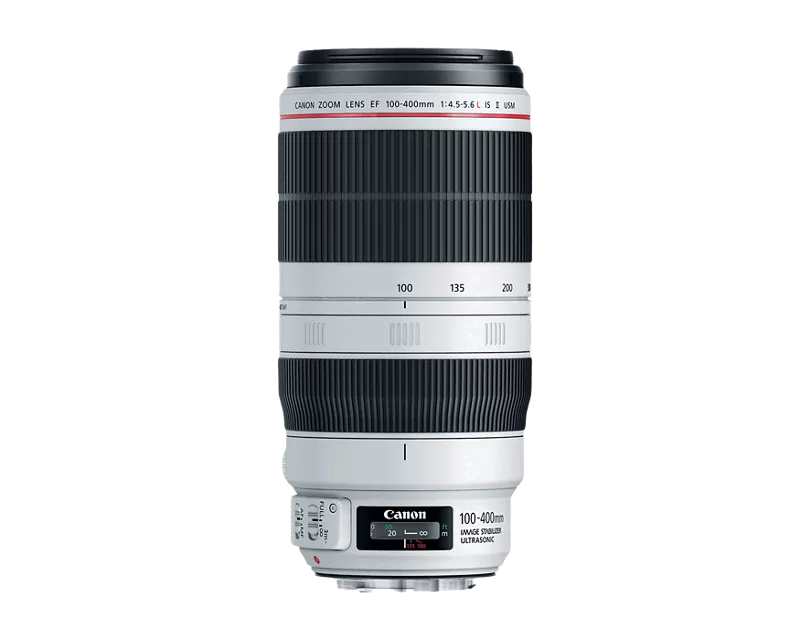
- Telephoto zoom lens with an aperture range from 4 to 5.6
- Has optics designed with L series quality
- Deliver sharp images
- Can capture images with beautifully blurred backgrounds.
· Canon PowerShot SX530 HS
This camera boasts an impressive 50x zoom lens, with a focal length equivalent to 24-1200mm.
The Canon PowerShot SX530 HS is a versatile camera that can be used for a variety of photography purposes, including moon photography.
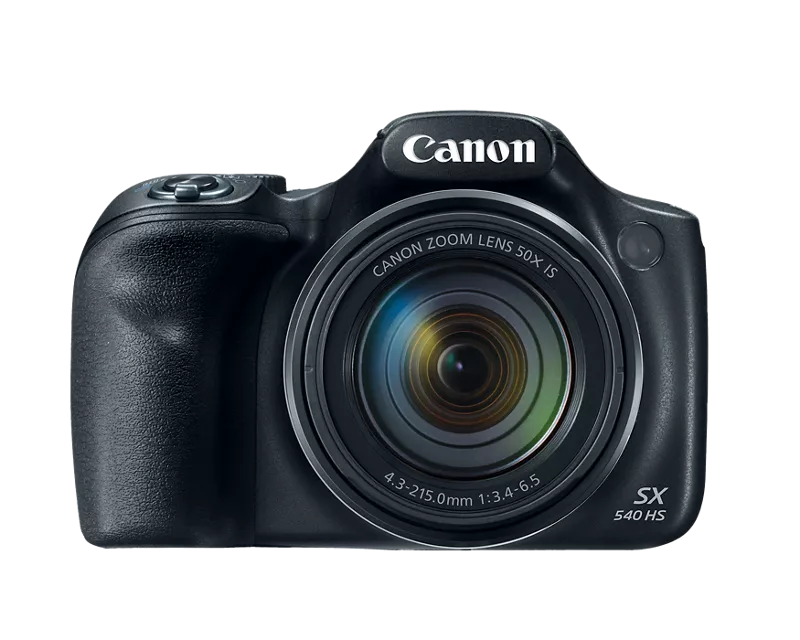
When using the camera at the extreme telephoto setting, it is highly recommended to use a sturdy tripod to ensure sharp and steady shots.
- A 50x optical zoom lens
- Capable of capturing decent moon shots
- Optical image stabilization
· Canon EF 75-300mm f/4-5.6
Canon EF 75-300mm f/4-5.6 is the best DSLR lens for moon photography. Often, I use this, lens because it is perfect for capturing a large landscape, including foreground and sky, in one shot when shooting at night
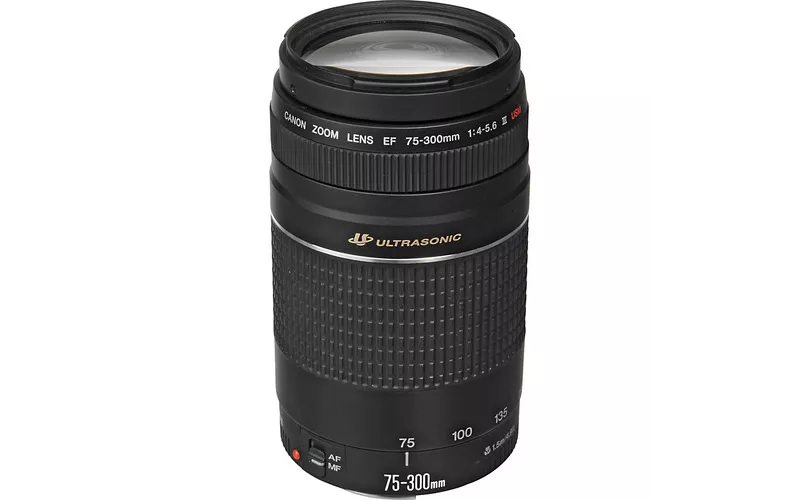
- Offers excellent image quality
- Lightweight & Compact
- Fast and reliable autofocus
- Affordable in price
Well, now if you feel it’s better to get more idea about 75 300 mm lenses for moon photography, the article on moon photography with 75 – 300mm lens is for you.
· Canon EF-S 18-200mm f/3.5-5.6
Canon EF-S 18-200mm f/3.5-5.6 provides the best all-around zoom range for moon photography.
As well as the ultra-wide-angle through telephoto focal length makes this lens perfect for capturing stunning shots of the moon.
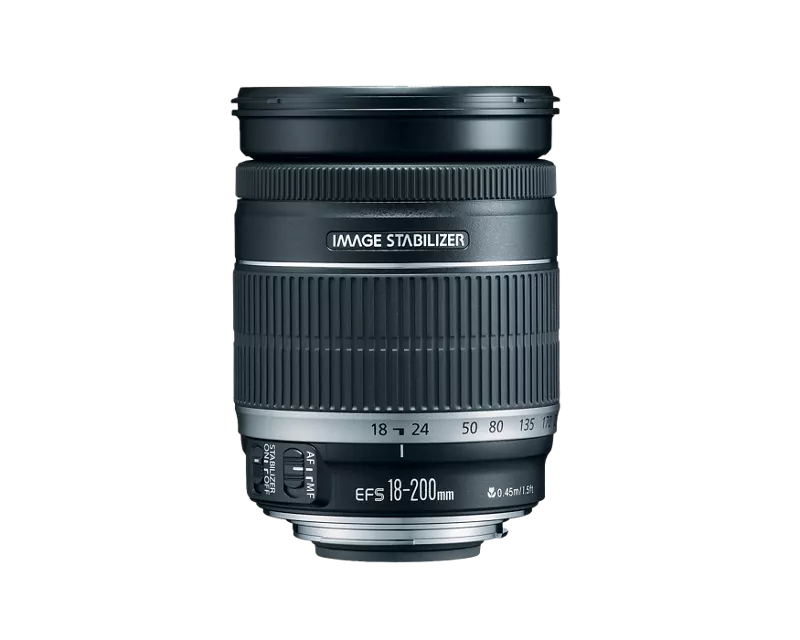
- Versatility
- Image Stabilization
- Affordable
- Light Weight & Compact
Mobile lens for moon photography
Mobile phone cameras are becoming increasingly sophisticated. There are many mobile lenses available now that you can use for moon photography.
However, keep in mind that the quality of the images you can achieve with a mobile lens may be limited compared to a DSLR camera and a telephoto lens.
· The Moment Tele 58mm lens
The Moment Tele 58mm lens is a popular option for mobile moon photography.
It has a focal length of 58mm, which is equivalent to a 2x optical zoom, and can magnify the moon and capture details of its surface.
This lens also has a wide aperture of f/1.8, which lets in more light for better low-light performance.
iPhone, Galaxy, Pixel, and One Plus phone users can try this lens to capture amazing photos of moon using your phone.
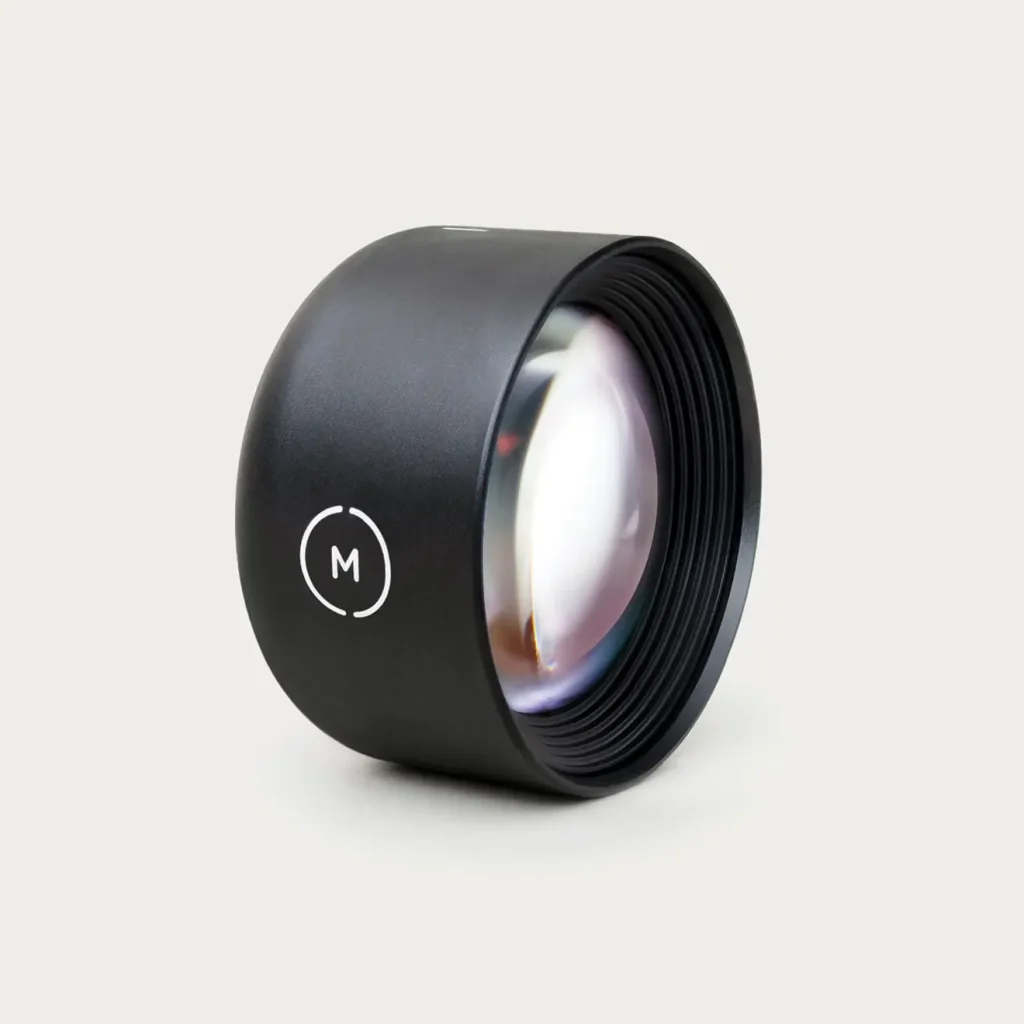
· The Apexel 36x telephoto lens
The Apexel 36x telephoto lens is another mobile lens option that you can use for moon capturing. This lens has a focal length of 36x. This helps you to capture the moon in great detail and fill the frame with it.
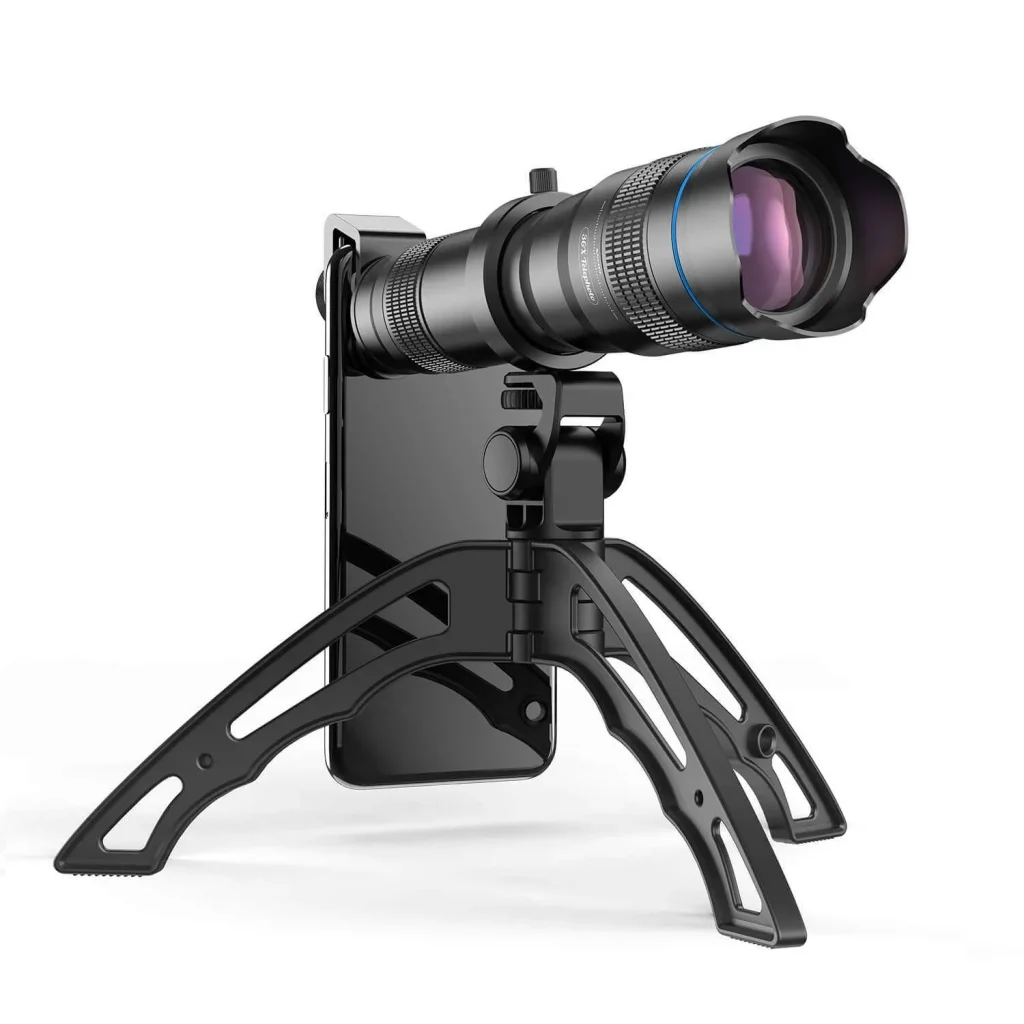
- Stabilization
- High level of magnification
- Optical quality
- Compatibility
- Manual Focus
So, I can recommend that Apexel 36x telephoto lens for iPhone, Samsung, Huawei, and One Plus users, if you’re looking for a mobile lens for your moon imaging
By referring below the tutorial video you can enhance your knowledge of how to photograph the moon photography using your mobile phone.
Best Cheap and Best Budget Lens for moon photography
· Tamron SP 150-600mm F/5-6.3
This is one of the amazing as well as cheap lenses that I used for moon photography during my astrophotography journey. This consists of a surprisingly high quality and affordable telephoto zoom lens.
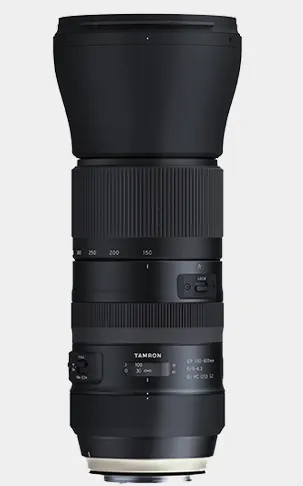
I think it is undoubtedly an excellent lens for moon photography because it can capture information about the moon’s surface
- Excellent stabilization system
- Auto focus
- Compatibility
- Optimal quality
· Sigma 150-600mm 5-6.3
Another great budget option for moon photography is Sigma 150-600mm 5-6.3. Using this lens you can capture sharp images of the moon with excellent details and contrast.
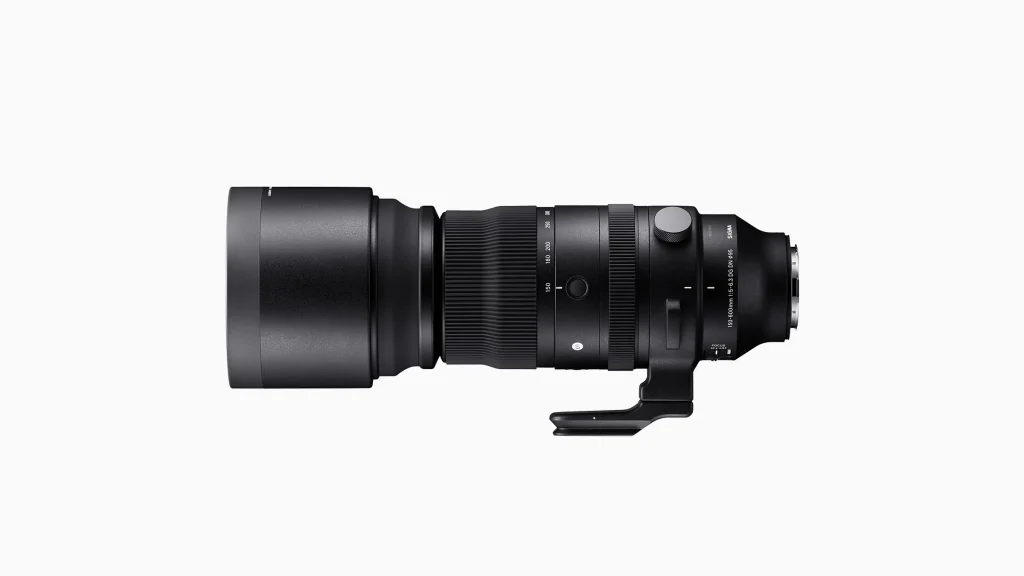
- Telephoto’s reach is exceptional.
- Provide sharp images.
- Image stabilization
- Quick autofocus.
- Reasonably priced
This video tutorial helps you to understand more about moon photography using Sigma 150-600mm 5-6.3 lens.
Conclusion
In conclusion, choosing the best lens for surf photography from the beach depends on several factors such as the style and type of photography, budget, and personal preferences.
Capturing good quality images of the Moon is possible with a single lens reflex (SLR) camera and a 250 mm telephoto lens.
However, for optimal detail, a telephoto lens with a focal length of at least 500 to 600 mm is recommended, and ideally, a long focal length telescope would be even better.
If you use moon photography apps then you can capture amazing shots with your lens. Check out my latest article on the best moon photography apps for that.
Justin Parker is a professional photographer and has been in the industry since 2007. He attended the University of Georgia. Justin combines his passion for photography and his interest in writing to give life to this blog which talks about photography in order to help and inspire young photographers.

